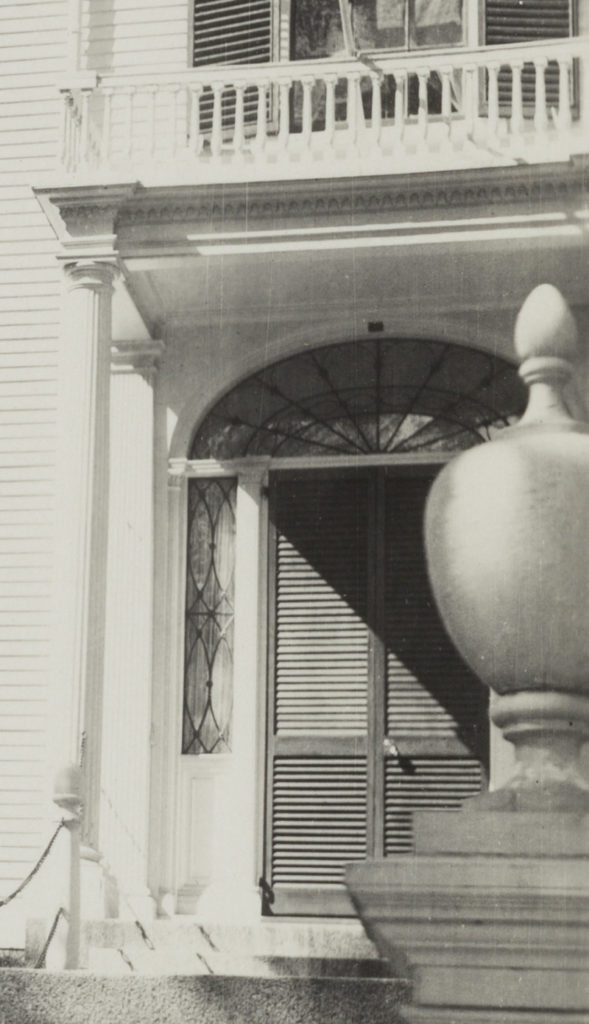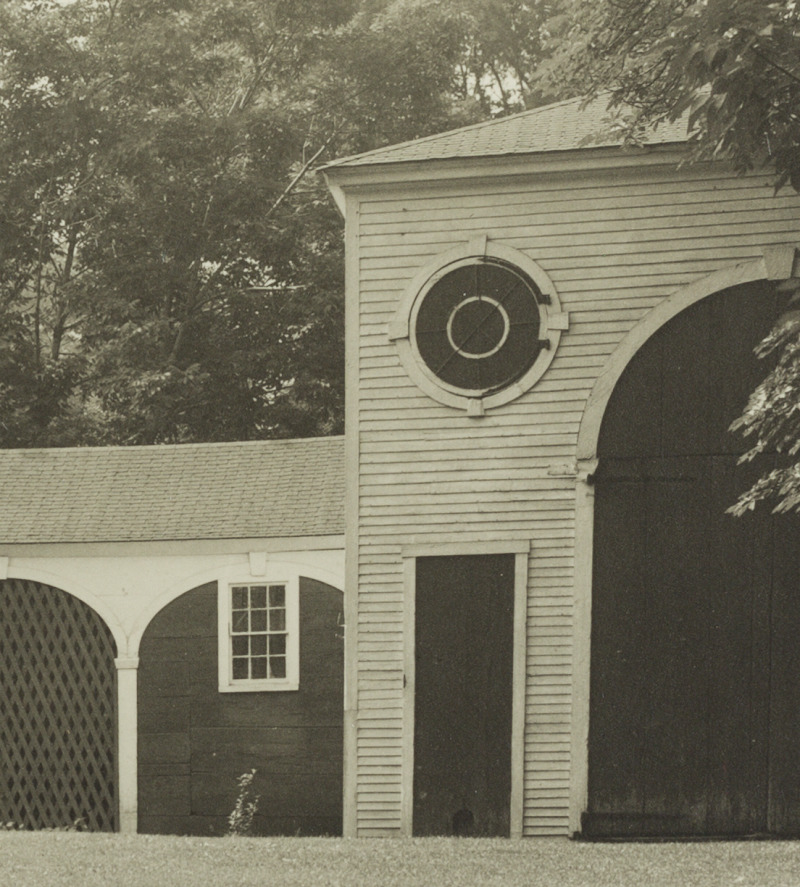 Rundlet-May House
Rundlet-May House
The Architect Question
 “Architect” as the profession we know of today, did not really exist during the time in which James and Jane Rundlet’s house was built in 1807. It was not uncommon for those highly skilled in designing buildings to also be carpenters, tradesmen, cabinetmakers; skilled in many areas all at once, and though there was no specific trade called “architect,” often the word “housewright” was used when referring to someone named as the principal builder. The question of who built the family home then remains, though there is no question that James Rundlet approached the building of his family’s house through the lens of an interest in mathematics and sciences, as evidenced by some of his books. It can be inferred that he was very involved in the decision process, as would have been common for someone of his social standing at the time. It is unknown if Jane Rundlet had any involvement in the design of the house, though it would have been unusual at this time for a woman’s voice to be heard on such a matter, whereas she may have been more involved in the furnishing of the interior.
“Architect” as the profession we know of today, did not really exist during the time in which James and Jane Rundlet’s house was built in 1807. It was not uncommon for those highly skilled in designing buildings to also be carpenters, tradesmen, cabinetmakers; skilled in many areas all at once, and though there was no specific trade called “architect,” often the word “housewright” was used when referring to someone named as the principal builder. The question of who built the family home then remains, though there is no question that James Rundlet approached the building of his family’s house through the lens of an interest in mathematics and sciences, as evidenced by some of his books. It can be inferred that he was very involved in the decision process, as would have been common for someone of his social standing at the time. It is unknown if Jane Rundlet had any involvement in the design of the house, though it would have been unusual at this time for a woman’s voice to be heard on such a matter, whereas she may have been more involved in the furnishing of the interior.
James Rundlet was also in possession of a copy of Asher Benjamin’s The Country Builder’s Assistant, written when Benjamin was in his twenties. The book would have provided more than ample inspiration to not only him but his team of builders, as it had profound impact on the architecture produced in this era, as did many of Asher Benjamin’s books that came after, a totaling of seven in his career. In James Rundlet’s account books, large payments were made to James Nutter, a master joiner, William Deering, a master carver (for work on “carved work and carved capitals”) and Ebenezer Clifford, a joiner who received the largest payment on the project as a whole.

Portland Maine-born Alexander Parris (1780-1852), a housewright who built many houses in Maine, Massachusetts, and built St. John’s Church in Portsmouth, may have also been an influence as well for the final design of the Rundlet’s home, though he too, was influenced by English pattern books and Asher Benjamin. The cornerstone of St. John’s Church was laid in June of 1807, making the build almost analogous to the time period in which the Rundlet’s house was built. Three hundred buildings in Portsmouth burned in a fire in December of 1806, including the original church. A new wave of building in Portsmouth was about to take hold.